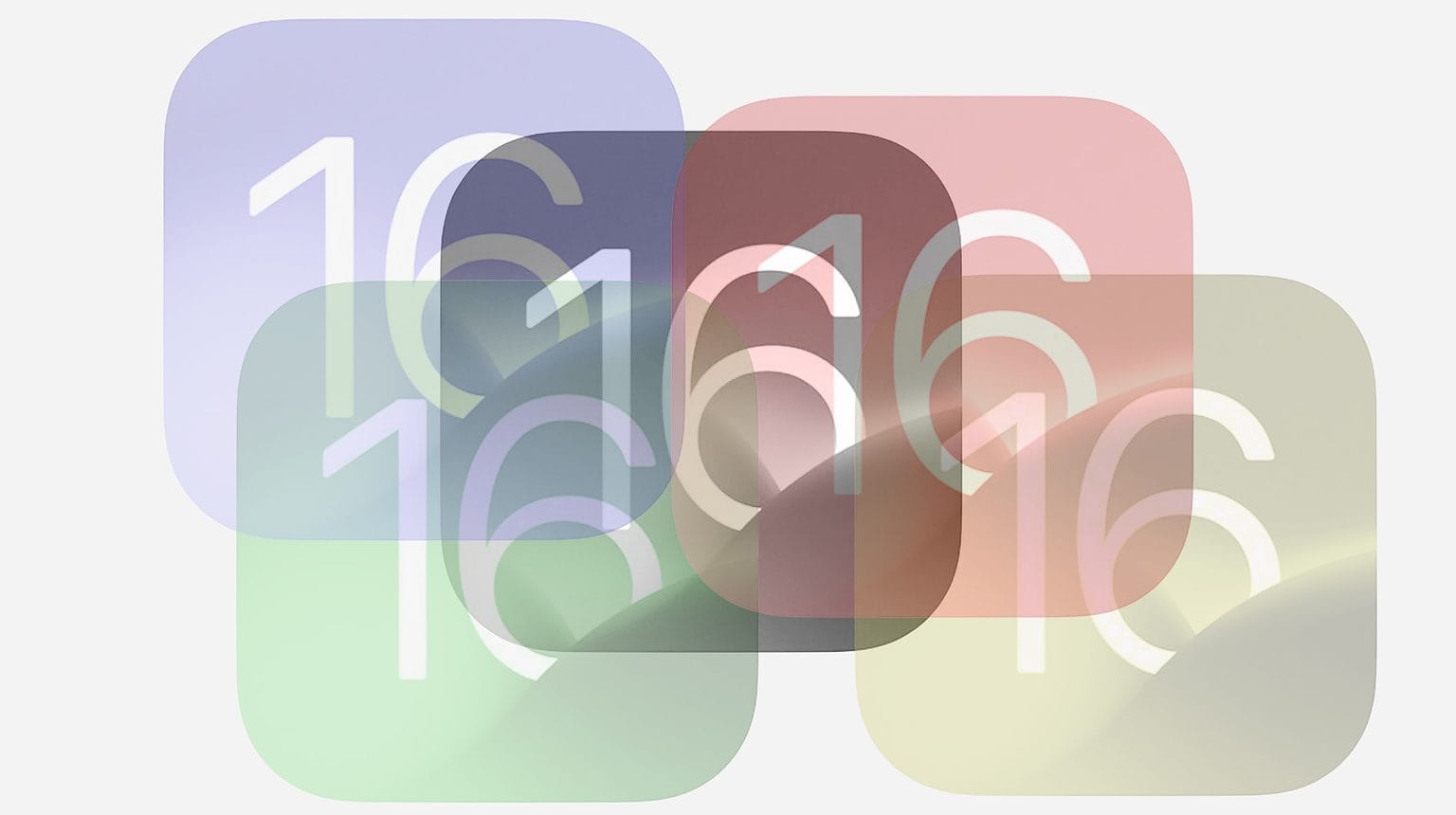Most iPhone users have finally gotten on the iOS 16 bandwagon, according to a tracking company. Adoption passed 70% last week, almost four months after it launched.
That’s significantly slower than iPhone users adopted previous iOS versions. The data shows that people simply don’t trust that Apple’s iPhone updates will be bug-free. Not the way we used to, anyway.
iOS 16 adoption is slow after initial rush
iOS 16 debuted on September 12, 2022, bringing a dramatically improved Lock Screen, many new features in the Messages and Mail apps, the return of the battery percentage in the status bar and more. Apple makes its operating system updates easy and available for free to every iPhone model released in the past five-plus years. With the new features, one would expect people to jump on them. But it’s taken quite a while for a large percentage of users to install iOS 16.
Exactly 16 weeks after the launch, iOS 16 adoption finally hit 70% on January 1, 2023, according to Mixpanel.
If that seems slow, it truly is when compared to how quickly iPhone users installed previous versions. iOS 12 was released in mid-September of 2018 and Mixpanel says it surpassed 70% in mid-November of that year, for example.
It’s not a new problem for Apple. On this date in 2022, iOS 15 still hadn’t reached the 70% adoption point.
Too many iPhone users refuse to be early adopters
Taking a closer look at the Mixpanel data, there was a surge of iOS 16 installs in the first weeks after the release, but that only brought the adoption figure to about 40% of the total. A second surge came in mid-November, shortly after the release of iOS 16.1.1. That brought the total installations to about 66%.
Since then, the rate of increase slowed to a trickle. It took more than a month for iOS 16 installs to go from 66% to 70%.
That breaks iOS 16 adoption into three phases. One is early adopters who wanted the update ASAP. The second phase consists of people who cautiously waited until a few versions arrived to clear out bugs. And then there’s a final group of about 40% who don’t seem to care very much about the new version of iOS.
What’s changed since iOS 12? Mixpanel data shows that, back then, the first group was much larger, while the other two groups were much smaller. Adoption in 2018 passed 50% in about three weeks. The rate slowed at that point, but still reached 80% by the end of the year.
A slight dip in the early surge of iOS 12 installs shows that some people were waiting for the first “bug fix” update, but they were satisfied with the tweaks in iOS 12.0.1. They didn’t hold off until November, when Apple had released five updates, including a major one, as they did with iOS 16.
Why iOS 16 adoption is so slow
There are two reasons iPhone users aren’t leaping on iOS upgrades like they used to. And only one of them is something Apple can fix.
Part of the lack of excitement about upgrades is that iOS is a mature operating system. Apple has already added all the features that most iPhone users really need. Long gone are the days when iOS 4 could add multitasking and thrill iPhone users. iOS 16 brought some welcome improvements, but they simply can’t compare to iPhone OS 3 adding cut, copy and paste support.
There’s nothing Apple can do to change this. New iOS versions can’t amaze us anymore, because there’s nothing major lacking in the current version.
The other reason people don’t install iPhone upgrades is 100% Apple’s fault: New versions include far too many bugs these days. One need look no further than the latest version for proof.
After the release of iOS 16 in September, Apple rushed out three bug-fix patches. The second, iOS 16.0.2, took care of some major problems. Then iOS 16.1 brought new features in October, but had to be accompanied by its own pair of bug-fix updates.
Apple finally worked out the worst of the bugs by iOS 16.2 in December. No immediate bug patches were needed for it.
Considering all that mess, it’s understandable that people are slow to install new versions of iOS. No one wants a buggy iPhone.
Adding to that is the persistent belief that new iOS versions run horribly on older iPhones. Not even proof that this isn’t true has been able to kill this conspiracy theory.
There is a not-so-easy fix
Apple can increase the rate of iOS adoption back to what it used to be. All it has to do is stop shipping buggy code.
If this year’s iOS 17 debuts almost bug-free, iPhone users will notice. And if Apple can keep it up, trust will be restored in a couple of years.
It won’t be easy. But more than half of iPhone users refusing to install major updates for over two months because they are afraid of bugs is a problem worth solving.


